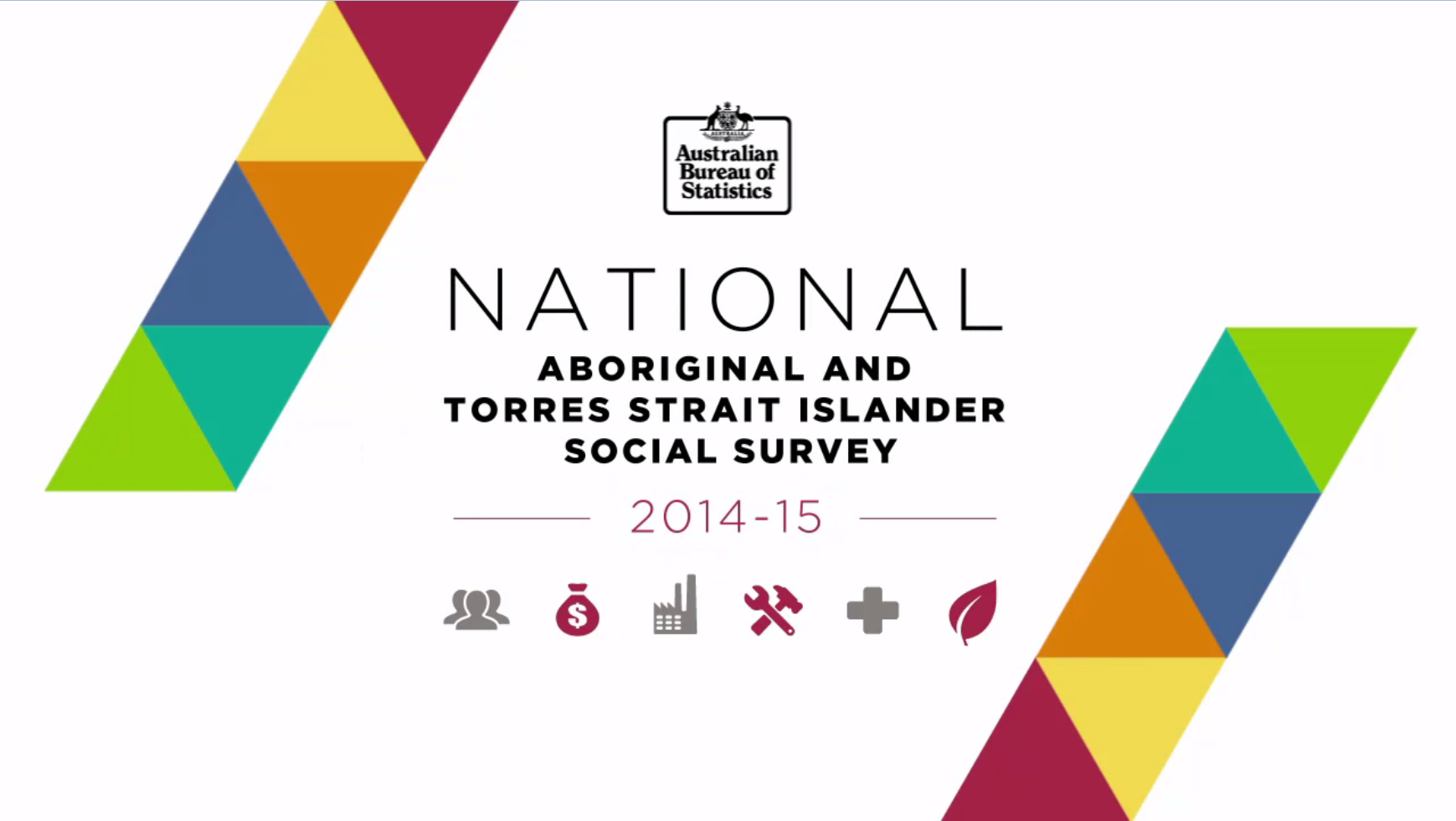We welcome the recent release of results and findings from the Australian Bureau of Statistics’ National Aboriginal and Torres Strait Islander Social Survey 2014-15 (NATSISS).
It is our belief that the NATSISS provides valuable insights into trends in key dimensions of health and wellbeing.
The report tells us something about where the gaps in outcomes are and are not closing. Positive changes are worth celebrating, and we must ensure the path to these successes is understood.
Equally, Aboriginal and Torres Strait Islander people need to continue to inform the design of responses to the remaining poor outcome areas. The sooner these gaps are addressed, the sooner social, wellbeing and economic benefits will be realised.

NATSISS is a six-yearly multidimensional survey providing broad, self-reported information across key areas of social equity for Aboriginal and Torres Strait Islander people, both at the national level and areas of remoteness.
The Australian Bureau of Statistics conducts the survey, which collects detailed information on socio-economic circumstances, and reports on Indigenous social and economic well-being.
The most recent survey was conducted between September 2014 – June 2015, with a sample size of 11,178 Aboriginal and Torres Strait Islander people.
Information was collected through personal interviews on a range of social issues. Since the last survey, progress has been made in education, health and health risk factors, and housing.
Some of these findings include:
